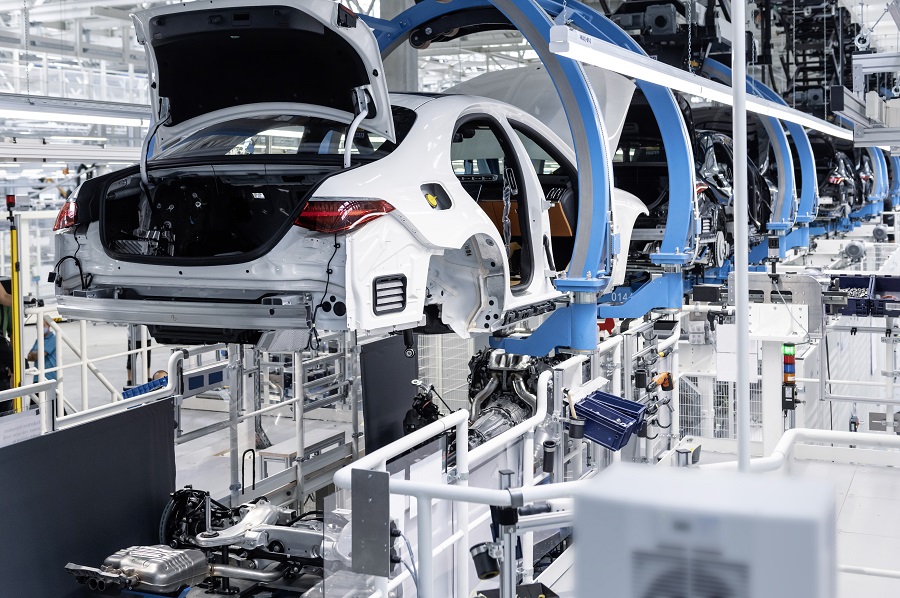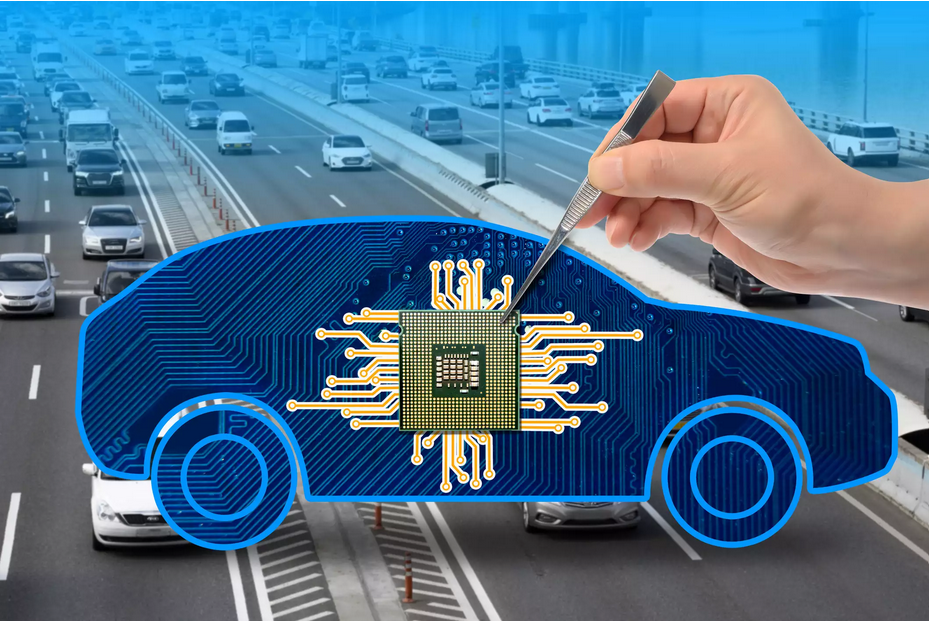How car manufacturers deal with semiconductors shortage
Motor vehicle manufacturers and providers are confronting an emotional deficiency of computer chips internationally. This lack was brought about by a gigantic expansion popular for PCs, cell phones, and other custom hardware during the COVID-19 pandemic that outperformed the ongoing stock of semiconductors. The worldwide chip shortage issue began in 2020 after numerous nations forced total lockdown, hitting the creation and supply cycle. Supply, specifically, endured a significant shot recently after a tempest stopped creation in the U.S. what’s more, a processing plant in Japan was desolated by fire – the impacted production lines in the two nations together represented 50% of the semiconductor chips utilized in vehicles universally. Further, the rise of the Delta variation and subsequent COVID-19 breakouts in Southeast Asia expanded the deficiency of semiconductor chips. India’s semiconductor request right now remains at around USD24 billion and is supposed to arrive at USD100 billion by 2025. Offer of traveler vehicles containing SUVs and top of the line Sedans dunked altogether in the subsequent quarter when contrasted with last year same period.1 Major OEMs are chopping down creations as their ongoing chip supplies have evaporated. Up to 50% of the top 10 automotive OEMs5 are predicted to start designing their own chips by 2025 as a result of chip shortages and trends like electrification and autonomy.

It also predicted that automakers would become more tech-savvy as a result of the lessons gained from the microprocessor scarcity. Automotive OEMs have realized they need to have more control over their semiconductor supply as a result of the supply chain’s lack of visibility, and they will be taking steps to close that blind spot as a result. FADA claims that this year’s holiday auto sales are the weakest in ten years, according to AUTOCAR, 22 November 2021. Demand for used vehicles in the midst of worldwide chip deficiency, costs take off 20%-25%, ETNOWNEWS, 6 November 2021, KPMG in India examination and the 22nd Annual Global Automotive Executive Survey 2021, KPMG International, got to on 24 December 2021
Auto deals in India have kept their least numbers in 10 years during the new happy season. Deals across portions declined by 18% when contrasted with deals last year during a similar period. Vehicle enrollments in India remained at 14% lower y-o-y when contrasted with Europe, where it was lower by 23% y-o-y.2 Additionally, major OEMs are chopping down creation as their ongoing chip supplies have evaporated.
In the beginning phases of the COVID-19 emergency, the sensational decrease in vehicle requests overwhelmed auto news. Be that as it may, for over a year currently, supply-side issues have become all the more a worry. In spite of suddenly elevated degrees of vehicle arranges, an absence of auto semiconductors is pushing OEMs to close down assembling lines or drop a few popular highlights, such as warmed seats, from their item lines. The car industry should ponder changing its procedure considering the steady production network unsteadiness in the semiconductor business. Organizations can get everything rolling by focusing on the repercussions of three significant errands that act as the foundation of an essential lack in the executive’s procedure: creating vigorous innovation maps, laying out dependable momentary interest figures, and giving guidance for long-haul request forecasts.

The uniqueness of the chip organic market has deteriorated across all semiconductor-empowered things over two years into the pandemic. While deals of all buyer items fell radically in the principal half of 2020, vehicle deals fell forcefully up to 80% in certain areas later in the year and recuperated more than expected. Request filled in 2021 and is as yet strong today. Deals volumes have expanded, especially in the cutting-edge industry, to a limited extent because of the COVID-19 pandemic’s changes. For instance, an expansion in the quantity of individuals telecommuting has prompted an ascent in the requirement for remote access and PCs. The interest in semiconductors and different parts have been influenced by these market changes in a flowing way.
Organizations are pondering their short-to medium-term needs as well as their drawn-out strength and endurance as they approach the semiconductor shortage. We recently talked about specific strategies that are reasonable for them twice, and we have now further developed them considering later insight. To ensure they have a satisfactory inventory of semiconductors, numerous OEMs and Tier 1 car providers have previously set up control rooms that incorporate workforce from deals, production network the board, and acquisition. While these groups have made productive ways of managing the ongoing stock interest irregularity, they regularly miss the mark on vital assets, mastery, or ability to deal with it in the medium to the long haul and make key arrangements. Organizations can find various ways to resolve the most successive issues. To address the quick chip deficiency, OEMs and Tier 1 providers acted quickly. In any case, more conclusive activity is required, particularly given that the circumstance is projected to continue past 2023. An exhaustive assessment of inward techniques, contract terms, and item credits as well as expanded receptiveness and coordinated effort with semiconductor providers will go far. The OEMs and Tier 1 providers who are available to attempt new things and investigate creative arrangements might remain to benefit the most.


